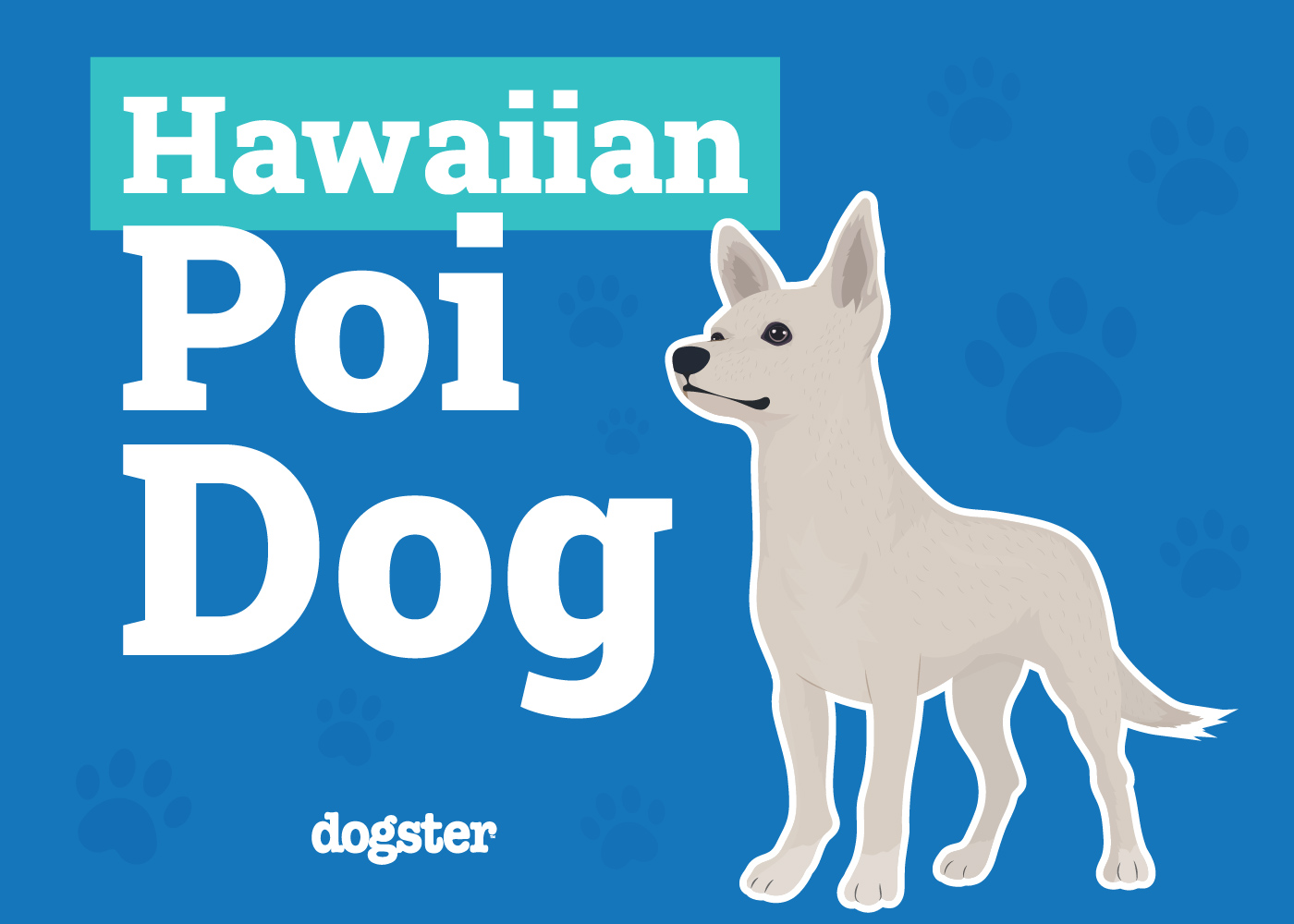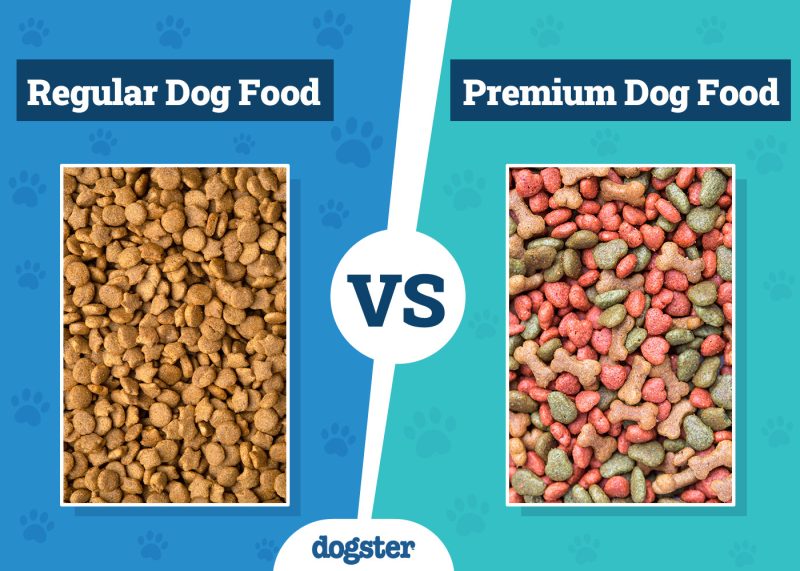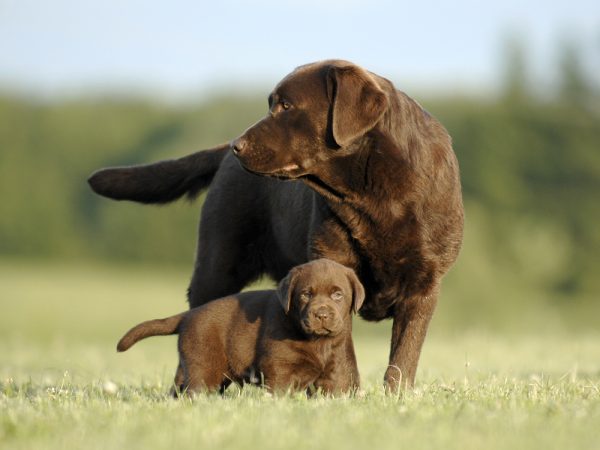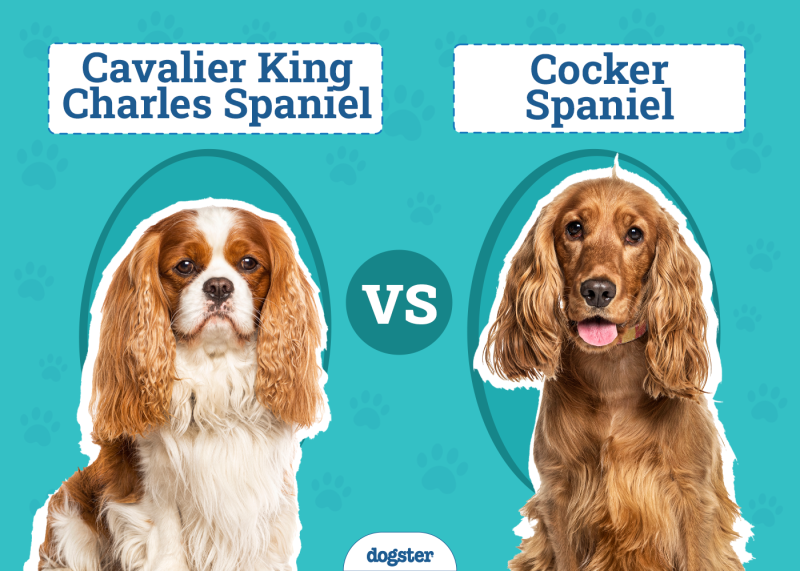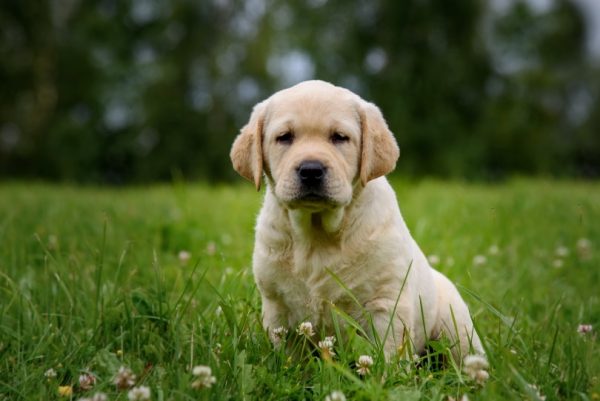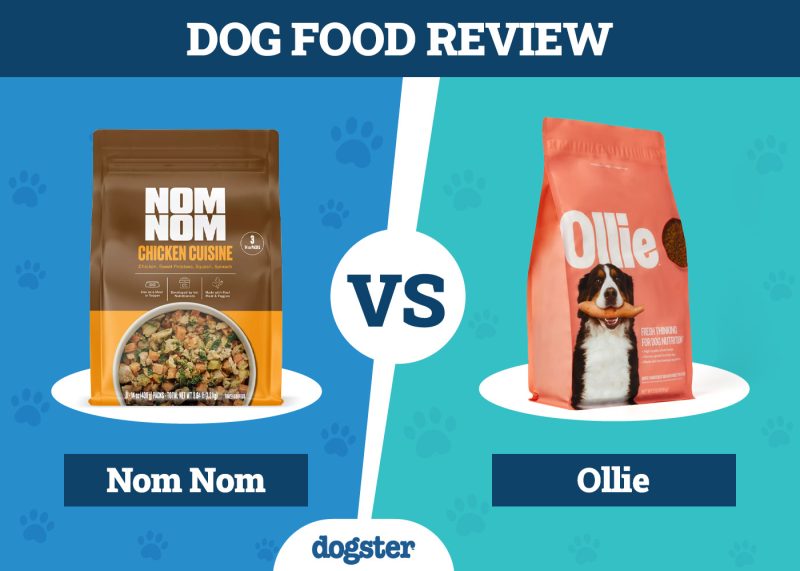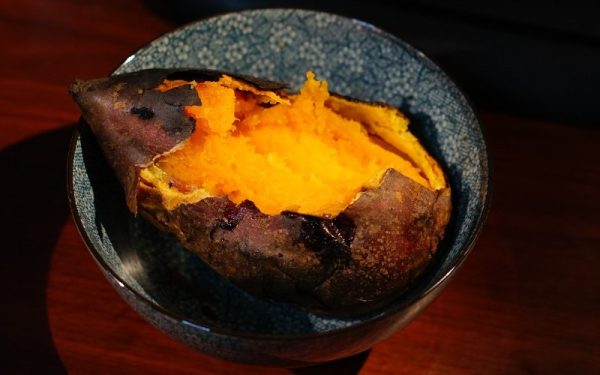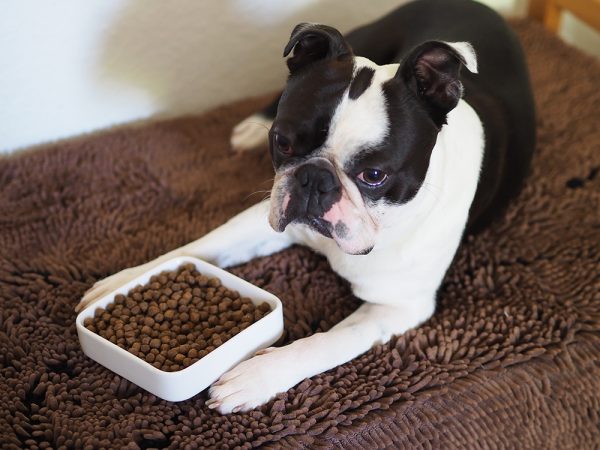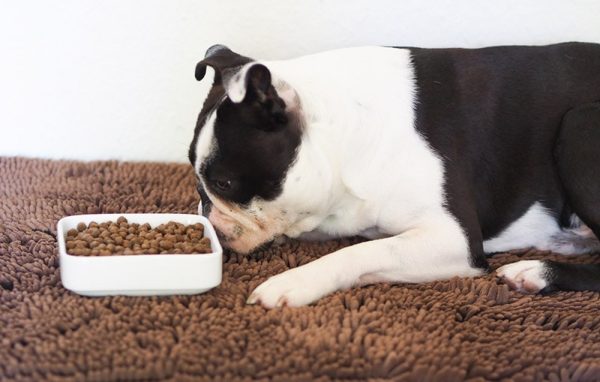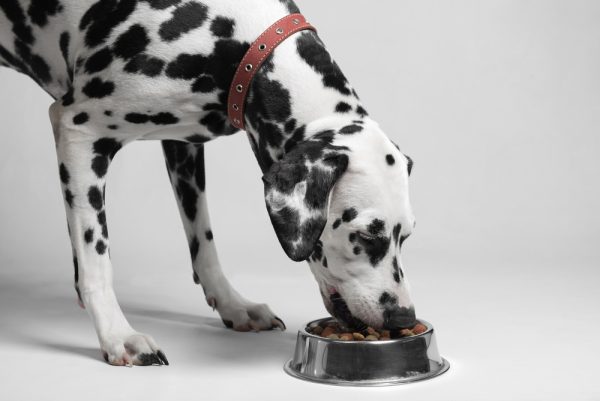Human and dog history runs parallel, and sadly, many dog breeds didn’t make it to the modern day. The rotund, mild Hawaiian Poi is one of those, having gone extinct around the early 20th century. A few surviving paintings are the closest we have to a picture of what the Poi looked like, but we know they had short fur in many colors, with big bellies and very short legs.
We don’t know a lot about the Hawaiian Poi because they only lived in Hawaii and lived a very different life from our beloved dogs, but some knowledge has survived. Let’s delve into a bit about what we do know just down below.
| Height: | 13 to 16 inches |
| Weight: | 20 to 35 pounds |
| Origin: | Polynesia, then Hawaii |
| Lifespan: | Unknown |
| Coat: | Allegedly any color, but always short-furred |
| Temperament: | Friendly, clumsy, playful |
The Hawaiian Poi was descended from Polynesian dogs brought to Hawaii from 300 to 800 AD, bred mainly as food. The Poi dog was fed a vegetarian diet of poi, which is made from taro root, which reduced their ability to chew, and they became very overweight as a result. Surviving depictions show a dog with a long body and stubby legs, similar to the Corgi. Peculiarly, they were also considered companions and lucky charms for children.
Hawaiian Poi Breed Characteristics

The Earliest Records of Hawaiian Poi in History
The Hawaiian Poi has roots in ancient Polynesia, and genetic testing of similar breeds corroborates this idea. Hawaii didn’t have any large wildlife that called for hunting dogs, and the breed was ill-suited for hunting anyway. The Hawaiian Poi was kept as a companion dog for children and seemed to be eaten before they could die of natural causes.
Most agree that the Poi dog was an overweight, slow, and even dimwitted dog. Stories claim the dog was sociable and often tried to play with children but were too slow and unathletic to catch fruit in their mouths. Meat was scarce and natives didn’t “waste it” on their dogs, preferring to feed the dogs a vegetarian diet of poi from taro root.
When European explorers like Captain Cook visited the islands, they described a pot-bellied dog with short fur that came in many colors, but mostly brown. The dogs had a flattened head from a diet that required minimal chewing. Most stories claim the dog was sweet to children but had a stubborn, untrainable streak.
How Hawaiian Poi Gained Popularity
The Hawaiian Poi was considered to be livestock along with the wild pigs the natives kept. Indeed, the Poi dog was said to have spent most of its time socializing with pigs. At some point, the breed became considered lucky, probably because they were nice to children. Poi dogs were sort of assigned to children as spiritual guardians or lucky charms, though they weren’t family like our dogs today.
If the child of a Poi dog died prematurely, the dog was often buried with them. If the reverse occurred and the dog died, their teeth were fashioned into a necklace for the child to wear. This strongly implies that though not family, the Hawaiians had some sentimentality toward the Poi dog.
Attempts to Bring the Breed Back
In the 1960s, attempts were made to bring the Hawaiian Poi back. Jack L. Thorpe, director of the Honolulu Zoo, took numerous native Hawaiian dogs and bred them together while selecting traits similar to the Poi dog. After three generations, a female that looked like the Poi was born. Sadly, the breeding program fell apart shortly after, and the Poi dog never made a true comeback.

Top 3 Unique Facts About Hawaiian Poi
1. The Poi Died Out Because They Became Mixed
Their history is murky, but it seems the Hawaiians stopped breeding the Poi dog because the breed became mixed. It’s also likely the Hawaiians simply didn’t need to keep breeding dogs for food during the 19th and 20th centuries. Unlike modern dogs and dogs elsewhere in the world, the Poi held little significance for the natives.
2. They Had a Deformed Head
Poi, the food fed to the Hawaiian Poi, was a mushy paste made from crushed taro root. European explorers and historians have speculated this led to the Poi’s large, flattened head. Specifically, the temporal jaw muscles used in chewing weakened and changed the dog’s head shape.
3. The Poi Might Be Related to the New Zealand Kuri Dog
Many Polynesians went south instead of east, including the Maori people of New Zealand. The Maori had their dog called the Kuri, which came from the Polynesian dog just like the Poi. Unlike the Poi, the Kuri was said to be mostly yellowish with powerful shoulders and a vocal howl.

Did Hawaiian Poi Make a Good Pet?
By many accounts, the Hawaiian Poi was great with children, barkless, and something of a couch potato. They were well-mannered enough to be considered spiritual guardians for the young but were not very biddable. They weren’t even thought to be good guard dogs because they didn’t bark much.

Conclusion
Natural selection is ruthless, and the Hawaiian Poi died out around the 20th century due to a lack of interest. They got along well with children but proved poor hunters and worse watchdogs for natives. Strangely, the Hawaiians simply lost interest in them altogether due to crossbreeding.
